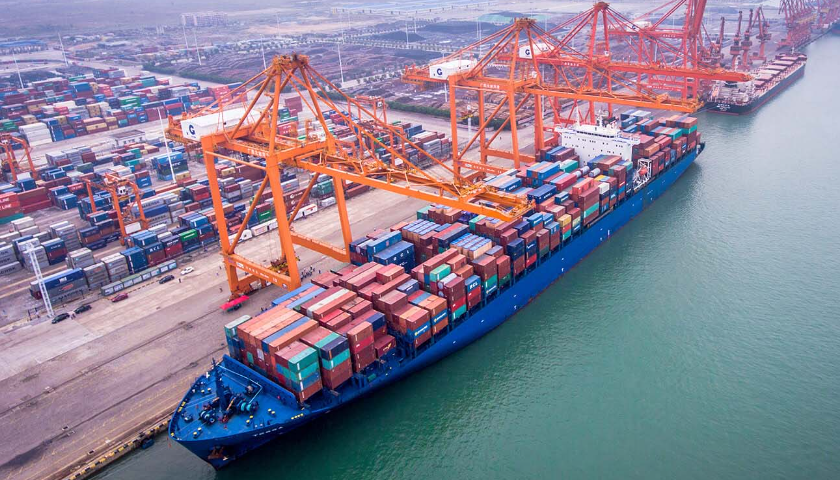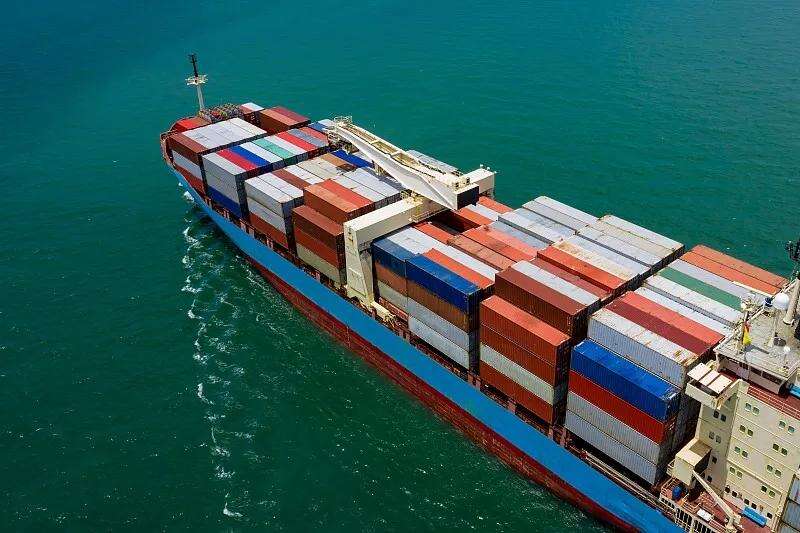philippine transport system
The Philippine transport system represents a complex network of various modes of transportation serving the archipelagic nation's diverse mobility needs. The system encompasses land, sea, and air transportation infrastructure, integrating modern technology with traditional methods to connect the country's 7,641 islands. The land transportation system features an extensive network of roads and highways, complemented by railway systems in major urban areas, particularly in Metro Manila. The Metro Rail Transit (MRT) and Light Rail Transit (LRT) systems serve as the backbone of urban mass transit, employing automated fare collection systems and modern signaling technology. Maritime transport plays a crucial role, with numerous ports and ferry services facilitating inter-island connectivity. The Philippines Port Authority oversees modern container terminals and passenger ports equipped with advanced cargo handling systems. The air transport sector includes major international airports and regional airfields, utilizing state-of-the-art navigation systems and passenger processing technology. The system also incorporates various digital innovations, including online booking platforms, real-time tracking systems, and integrated payment solutions, making transportation more accessible and efficient for both locals and tourists.


